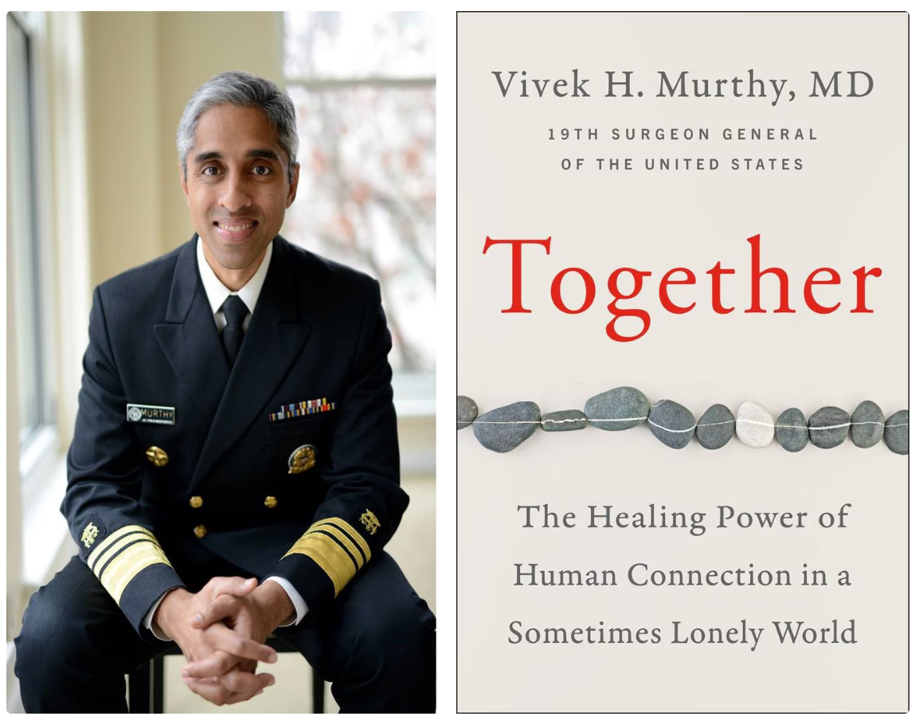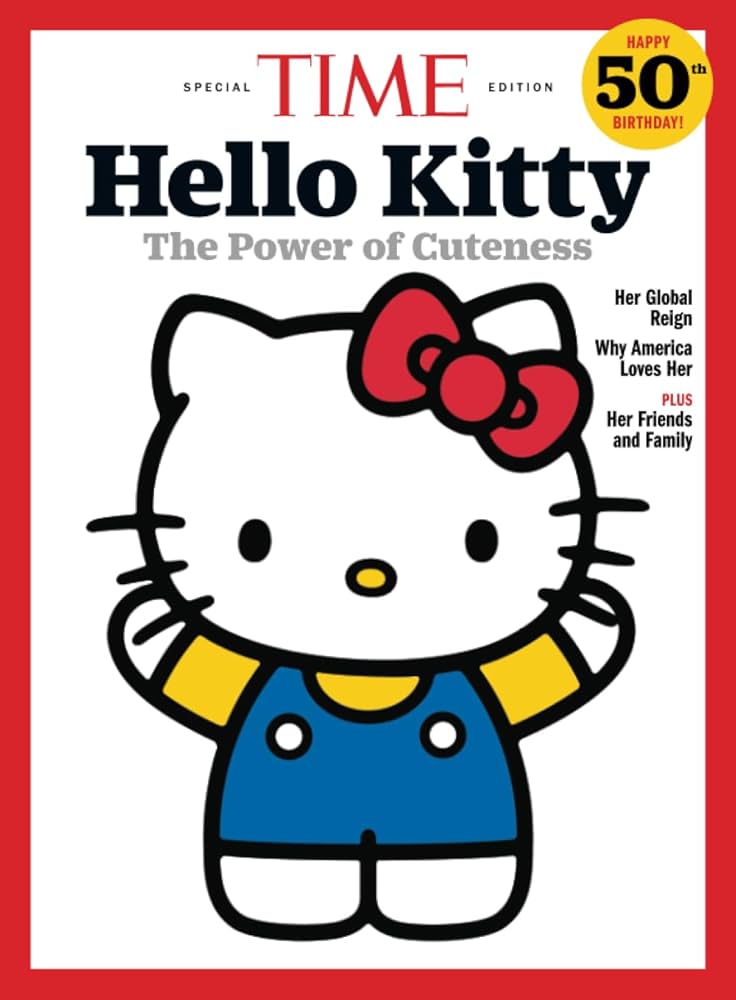U.S. Surgeon General Vivek Murthy has been an outspoken advocate calling out the state of mental health in America for all health citizens, young and old alike. 
He wrote the book, Together, reflecting on the toxic side effect of the COVID-19 pandemic that exacerbated many Americans’ feelings of loneliness and lack of human connection.
Most recently, he’s raised the issue of parents’ anxiety and stress, especially in light of children’s use of social media and the recognition of children’s need for access to therapy.
Parents are also at-risk, Dr. Murthy asserted as a national call-to-public-health-action.
In my advisory work across the health/care ecosystem, I’ve long understood the co-morbidity of mental health conditions with medical conditions, whether for a newly-diagnosed person facing Type 2 diabetes and lifestyle changes, or a new cancer diagnosis initially shattering a patient’s assumptions and plans for their life. With this understanding in mind, I’ve been learning from all kinds of research into mental health, particular among women across their life-cycle from girl-hood to woman-hood to healthy aging.

In that context, I spotted this cover of a special edition of TIME magazine at my local Whole Foods magazine kiosk near the self-checkout area of the store.
The cover’s tagline, “The Power of Cuteness,” reeled me in, and I purchased the publication to learn more about the globally popular icon’s 50th birthday.
Why was I so captivated by this image? Because I’ve been gathering insights at the convergence of mental health, popular culture, and the power of play.
This research plotline started with two trends that resonated with me from Faith Popcorn, guress of futures thinking, who identified these concepts in her prescient crystal ball:
- EVEolution, which Popcorn described in 2000 when she wrote about the transformational power of women in the marketplace; and,
- Down-Aging, a feeling of nostalgia for a carefree childhood, finding comfort in familiar pursuits and products from decades past.
The mesh of these two trends led to further research into women and mental health. 
In the past few years, I also discovered a growing phenomenon of stickers and sticker collecting among adults (through my personal hobby/avocation of paper crafting), with Hello Kitty being part of a larger concept called Kawaii in Japan. Kawaii is an aesthetic that could be rooted, “in the desire to rebel against the establishment and the responsibilities of adulthood,” according to Eileen Daspin’s assessment in one of the TIME essays in the celebration of Hello Kitty.
That explanation certainly aligns with Faith Popcorn’s trends in which I’ve been marinating.
I’m in the UK this week, so it’s geographically timely for me to quote Esther Lutman, curator at the V&A Museum of Childhood in London, who noted that, “We’re living in an age where this sense of playfulness has never been more acceptable. The idea of childhood has changed. It used to be only sports that you carried on past adolescence, but we have more freedom than ever to hold onto the things we loved as children – from computer games to fashion and toys. Even big corporations give employees daily opportunities to play because it’s considered a pathway to creativity [Google has famously led the work-play revolution with slides between floors, games rooms, Lego stations and scavenger hunts all said to boost workplace productivity]. While Hello Kitty isn’t the only toy that’s been successful in an adult world, she’s certainly been the most consistent.”

Now enter LEGO into this scenario.
The origin of the name “LEGO” comes from the Danish meaning “to play well,” or leg godt. This has not gone unnoticed by adults, who were not the initial target market for this very successful still-family-owned company. But for many years, adults have been LEGO fans, both in family contexts and for mindfulness and personal time. (FYI, David Beckham is a major fan of playing with LEGO).

The New York Times recently covered this phenomenon in the Wirecutter column, noting that “Lego helps kids of all ages unlock their creativity.” The Harris Poll observed brand gains among adults purchasing LEGO sets in 2023, RetailWire talked about the company’s growing revenue by targeting adult consumers, and the Washington Post talked about LEGO “setting its sights on a growing market: Stressed-out adults.”
In LEGO’s research with over 30,000 adults worldwide, 93% of folks reported feeling stressed and 80% were looking for new ways to relax. 86% of people told LEGO that play helped them unwind from work, and 89% believe play kept them mentally sharp.
Health Populi’s Hot Points: There’s science underneath my case studies of Hello Kitty and LEGO on the power of play for adults’ mental health.
The Brookings Institution explored why play is serious work in a May 2024 commentary, written to commemorate the UN Declaration of an International Day of Play.
While Mr. Rogers (Fred) said that, “Play is often talked about as if it were a relief from serious learning. But for children play is serious learning. Play is really the work of childhood.”
As it turns out, play is also important work for adults, too.
The American Psychological Association explained that while COVID-19 officially ended on May 11, 2023, “the sustained collective stress from the pandemic, from disasters due to climate change, political and economic upheaval, discrimination, and political polarization around the world has left a generation with mental health and chronic health crises that are yet unresolved.”
CNN reported out the research of Dr. Trudy Meehan, a lecturer at the Centre for Positive Psychology and Health at the RCSI University of Medicine and Health Sciences in Ireland. Her extensive work has learned that adults can find joy through play, too, inspiring both self-care through de-stressing and finding quiet joy in alone-time, as well as bolstering social relationships by “playing together” in ways that you like to do. {FYI, the National Institute for Play has tools to understand one’s “play personality.”)
There are more insights in this 2021 essay in Big Think that being playful is a biological imperative — even for adults. Play is “our forgotten lifehack,” Nick Wisseman summed it up.
Whatever the choice — blowing bubbles, playing board games or Sudoku, gaming (in moderation), splashing in puddles, and of course, playing with your pet — the New York Times shared the wise finding: “Play can feel silly, unproductive and time consuming. And that’s precisely the point.”
Channeling my two Faith Popcorn trends, EVEolution and Down-Aging, the Times observed,
“Play isn’t something new that you have to do. It’s tapping back to something that is personal and fulfilling. To discover what that means for you, experts suggest reflecting on childhood memories.”
Fore more inspiration to make Everyday a Day of Play, here’s a video from the UN to explain…
Postscript 10th September 2024 – Fantastic news for U.S. health care with the White House and DHHS support for #mentalhealth parity in America. Mental health is health. Senator Paul Wellstone, who advocated for mental health parity decades ago, is smiling down from the heavens hearing this news from his heavenly perch. His legislation was drafted in 2008….for your public health history file and appreciation.




 Thanks to Feedspot for naming this blog, Health Populi, as a
Thanks to Feedspot for naming this blog, Health Populi, as a